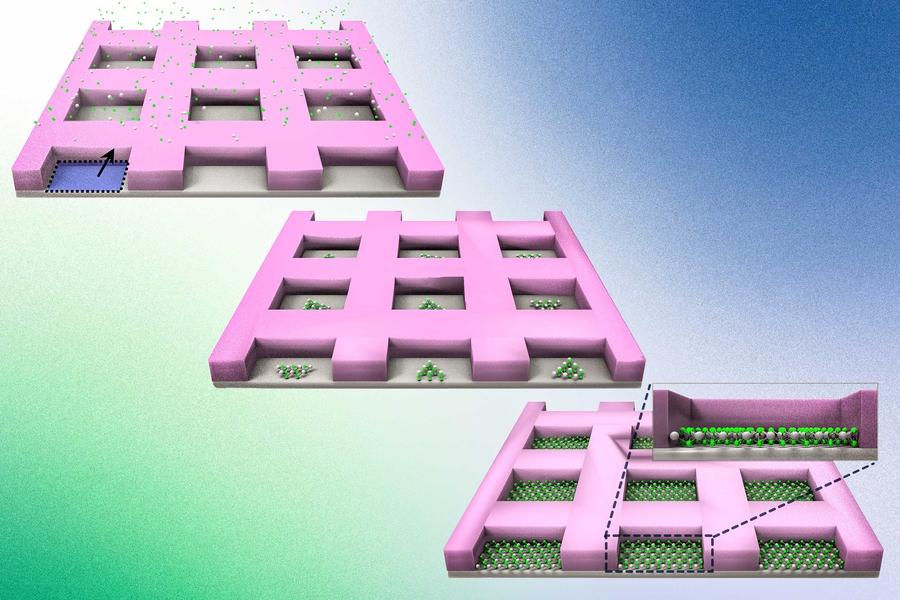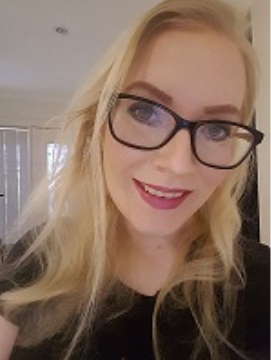MIT grows 2D crystals on existing silicon to make new semiconductors and catch up to Moore's law
Moore's law might not be dead, just in need of a rewrite.

Get out of the way silicon, you're not our top transistor anymore. We've had enough of your inability to maintain electrical properties at tiny scales. That's right, we're leaving you. Moving onwards and upwards onto better things that can truly grow with us. To put it simply: it's not us, it's you. We're probably going to have to rename that valley, too.
We've had a really good run with silicon, but companies like TSMC have been seeking alternatives for a while, largely as a way of trying top keep up with Moore's law. Moore's law observed that the number of transistors able to be manufactured on silicon doubled approximately every two years, while the cost of computers fell.
This remained true for a long time, but is petering out. Some companies like Nvidia consider it mostly dead, while AMD say it's just expensive to keep pace with. Regardless of where Moore's law is now, it's set to come crashing to a halt in the near future due to the limitations of Silicon.
Thankfully, researchers at MIT have found what may well be our next transistor romance, and the good news is that silicon can kinda stick around to watch. To get those tiny sizes, researchers are working with substances so thin they're called 2D materials. These delicate sheets of crystals are as thin as a single atom. The idea is to begin integrating these perfect crystal structures into current industry-standard silicon wafers.

Best gaming PC: the top pre-built machines from the pros
Best gaming laptop: perfect notebooks for mobile gaming
Until now the delicacy of these 2D materials has been a major roadblock. The method used would usually involve peeling a slither off a bulk amount of material, which was fiddly and meant having to search for the right portion to peel off as it grew randomly and sometimes left defects.
Recently, the team at MIT figured out how to grow the crystal sheets straight onto the silicon wafers. The process uses what's called "nonepitaxial, single-crystalline growth," and it looks like it might just work.
So far the team has successfully grown one of these 2D materials called transition-metal dichalcogenides (TMDs) onto silicon wafers, without any defects in the crystal, which is huge. They used the method to create a simple but functional transistor, and have found that the 2D materials work well on the silicon wafers.
Keep up to date with the most important stories and the best deals, as picked by the PC Gamer team.
“Until now, there has been no way of making 2D materials in single-crystalline form on silicon wafers, thus the whole community has been struggling to realize next-generation processors without transferring 2D materials," explains Jeehwan Kim, associate professor of mechanical engineering at MIT. "Now we have completely solved this problem, with a way to make devices smaller than a few nanometers. This will change the paradigm of Moore's law."
Of course the big question here is when will we see this technology, and there's no word on that. No doubt there's still years of testing and trials to be done, but it's an exciting proposition for the future. Being able to build on already existing silicon infrastructure makes this development more likely than many to make its way into mainstream goods. Plus the future of computers is looking crystal, and what could be shinier than that?

Hope’s been writing about games for about a decade, starting out way back when on the Australian Nintendo fan site Vooks.net. Since then, she’s talked far too much about games and tech for publications such as Techlife, Byteside, IGN, and GameSpot. Of course there’s also here at PC Gamer, where she gets to indulge her inner hardware nerd with news and reviews. You can usually find Hope fawning over some art, tech, or likely a wonderful combination of them both and where relevant she’ll share them with you here. When she’s not writing about the amazing creations of others, she’s working on what she hopes will one day be her own. You can find her fictional chill out ambient far future sci-fi radio show/album/listening experience podcast right here. No, she’s not kidding.

